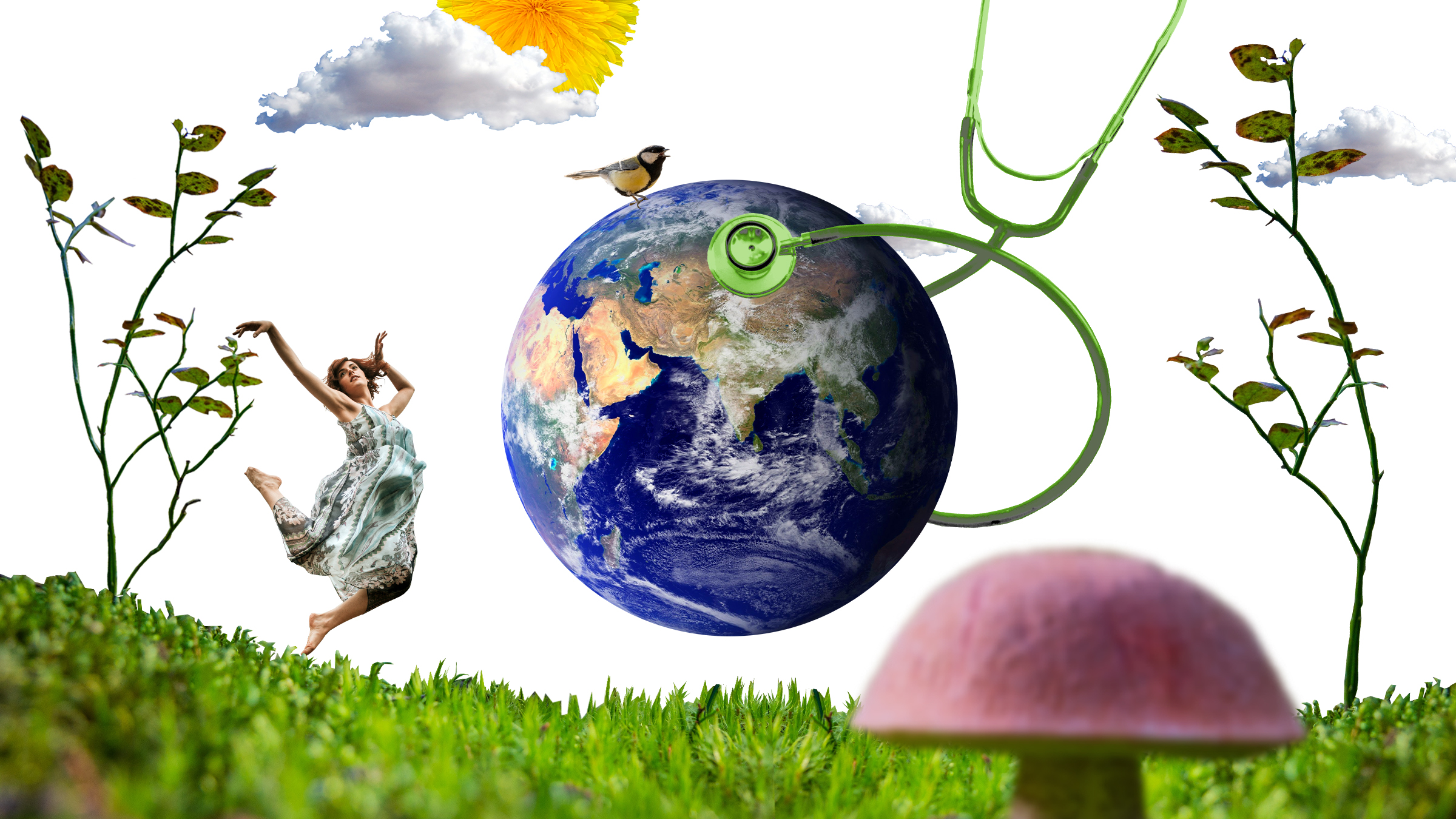Sitra aims to outline various views on alternative futures for the economy and stimulate societal discussion about them. Our report on regenerative economy (Kohti uusintavaa taloutta) provides an introduction to this new way of thinking. This article is based on the summary of the report.
There is currently no established definition of a regenerative economy. The term referes to an economy that operates in service to life, strengthening the vitality of the natural and social systems that the economy is also ultimately dependent on. This is achieved by applying the same principles to economic activity that promote the systemic health of all living systems.
It is not just a question of what the economy can do for the benefit of nature and people, but also about how the economy operates in collaboration with nature and people. This means that regenerative vitality is integrated into all economic activity.
The fundamental premise is that the root causes of problems must be addressed while simultaneously seeking to solve the acute problems they have caused. This improves society’s resilience to unexpected disruptions and shocks.
The sphere of regenerative economic thinking
In the report, we use a spherical model to illustrate a regenerative economy. At the core of the sphere is the ideal of eco-social (meaning natural and social) systems characterised by health and vitality. There are two key underlying assumptions.
1) Many economic phenomena are complex and unpredictable. We need a holistic assessment of how economic, ecological and social phenomena are interconnected in a network of constantly changing challenges and opportunities.
2) The economy is a dynamic and evolutive system whose development benefits from an understanding of how strong, healthy living systems function and undergo continuous change. This is why regenerative economics draws inspiration from nature and mimics the structures and processes found in nature.
Based on these assumptions, the model comprises eight principles of a regenerative economy, adapted from the work of the Capital Institute.
- Position: the economy in service to life
- Capital: a holistic view of wealth
- Flows: the robust metabolism of the economy
- Place: honouring community and place
- Participation: an economy that works for everyone and with everyone
- Pluralism: the abundance of edge effects
- Progress: innovativeness, adaptability and capacity for change
- Balance: seeking dynamic balance
In a regenerative economy, all of these principles are interconnected and should be applied simultaneously.
The practical implementation of the principles is supported by the processes of regenerative leadership, organisation and design. Ultimately, it is a matter of change in paradigms and culture, which requires ethical thinking, creativity and reimagining the future.
The need to make the transition to a regenerative economy concerns all aspects of the economy
From paradigm to practice
Regenerative economics should be viewed as a compass rather than a map to the future. A compass points in the same direction regardless of where it is used, whereas the map with which the compass is used must be redrawn in each place to suit the context.
The need to make the transition to a regenerative economy concerns all aspects of the economy, including consumption, business, finance, economic policy and the way the economy is managed. There are not many companies in the world that currently apply this approach to everything they do. Still, many enterprises have taken their first steps in this direction – one principle or business area at a time.
The spread of this regenerative way of thinking has been strongest in sectors that are based on natural resources, including agriculture, food production, forestry and the clothing industry.
In Finland, discussions on regenerative economics are most common in the contexts of regenerative farming and regenerative business. The approach is also gaining support among organisations that focus on the circular economy, as well as in design-driven areas of activity such as urban planning.
The business sector needs to be supported by financing and policy measures that provide incentives for the regenerative approach, but this new perspective is not yet very evident in the finance sector or economic policy.
Regenerative economics as part of a fair and sustainable future
There are many complementary threads in the discussion about a fair and sustainable economy. For example, sustainability and regeneration are two closely linked approaches. The circular economy approach also includes similar ideas. Depending on how narrowly or broadly each approach is defined, the concepts can be seen as either parallel or subordinate to each other.
Over the past few years, many other initiatives aimed at a fair and sustainable economy have also been introduced, including doughnut economics, the welfare economy, the mission economy, the eco-welfare state and ecological reconstruction. Economic reform will not happen in one fell swoop. With this in mind, collective learning and building bridges with the prevailing societal discussion about the economy and its future are also important aspects in pursuing regenerative economics.
The relationship between regenerative economics and infinite economic growth is multidimensional. Criticism of infinite growth provided significant impetus for the emergence of regenerative economics, but some thinkers and organisations that have subsequently adopted perspectives on regenerative economics use the term “regenerative growth”.
Regenerative economics is still in its early stages of development. It is being developed with a long-term perspective and in a rapidly changing world. Indeed, foresight can provide useful tools for identifying and questioning economy-related assumptions about the future and imagining alternative futures, which is at the heart of regenerative economic thinking.
Regenerative economics calls for asking the right questions, having the courage to think differently and believing that change is possible.

